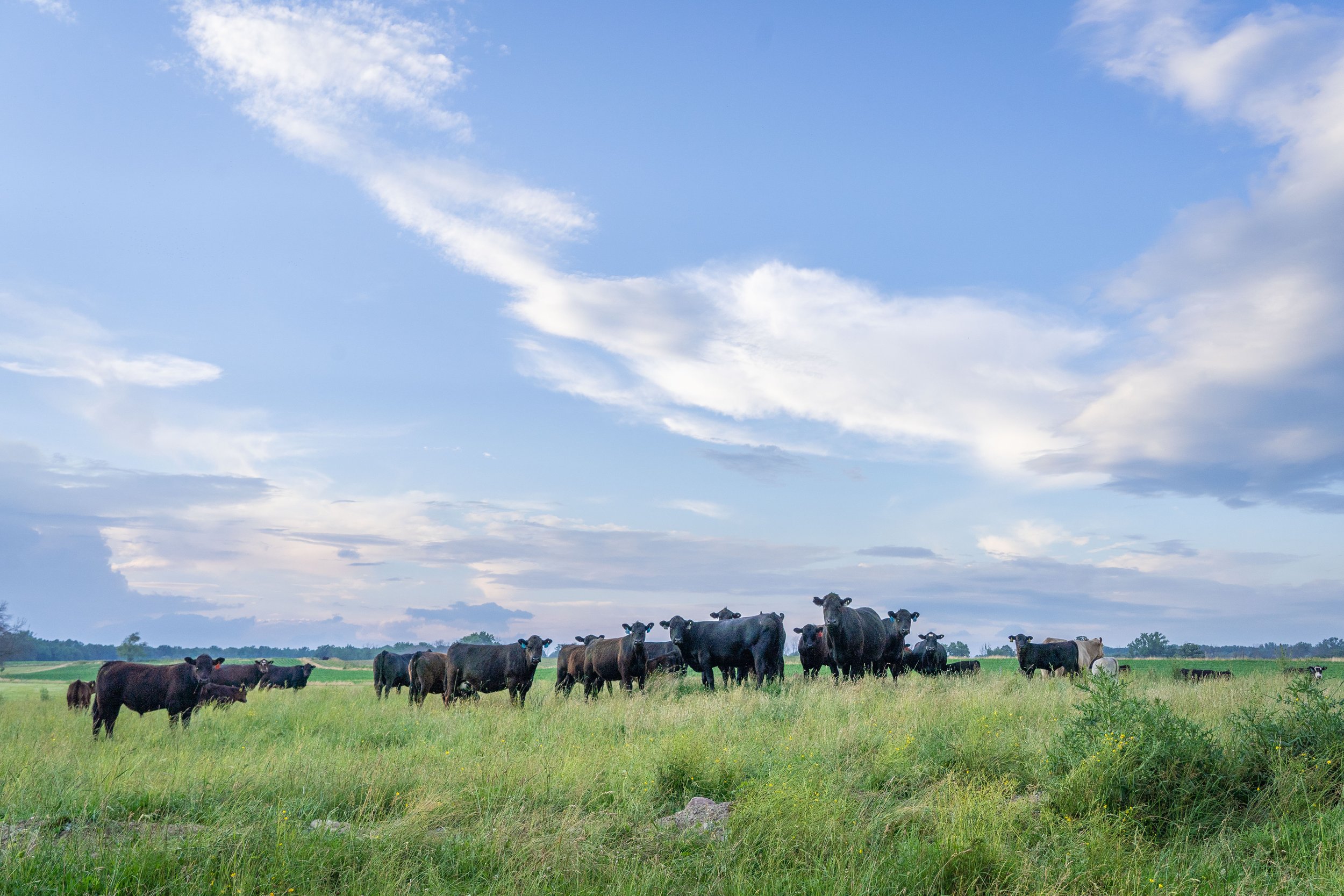Protecting Success: Bagley Risk Management Solutions
Wiki Article
Secret Variables to Think About When Deciding On Animals Threat Defense (LRP) Insurance Policy
When reviewing choices for Animals Danger Security (LRP) insurance coverage, several vital factors require mindful factor to consider to make certain efficient danger administration in the farming industry. Choosing the best coverage options customized to your particular livestock procedure is paramount, as is understanding just how exceptional costs correlate with the degree of protection provided.Insurance Coverage Options
When thinking about Animals Threat Protection (LRP) insurance coverage, it is necessary to comprehend the different insurance coverage options available to alleviate threats in the farming sector. Livestock Danger Security (LRP) insurance policy offers different coverage options customized to fulfill the diverse needs of livestock producers. Bagley Risk Management. One of the main protection choices is rate insurance coverage, which shields versus a decrease in market value. Producers can choose the coverage level that aligns with their price risk management goals, allowing them to safeguard their operations versus possible economic losses.One more important protection alternative is the recommendation duration, which determines the size of time the coverage holds. Producers can pick the endorsement duration that finest fits their production cycle and market problems. Furthermore, coverage degrees and rates differ based upon the type of animals being insured, giving manufacturers the versatility to personalize their insurance intends according to their certain demands.
Understanding the various protection alternatives offered under Animals Danger Defense (LRP) insurance coverage is essential for manufacturers to make educated choices that efficiently shield their livestock procedures from market uncertainties.
Costs Costs

Livestock Threat Defense (LRP) insurance policy supplies vital protection options customized to minimize dangers in the agricultural sector, with a significant facet to think about being the computation and structure of premium prices. These consist of the type and number of animals being guaranteed, the coverage degree selected, the present market prices, historic cost information, and the size of the coverage duration.
Insurance providers assess historical data on animals prices and manufacturing prices to determine a proper costs that reflects the level of danger included. It is crucial for livestock producers to very carefully review premium costs and coverage choices to guarantee they are appropriately protected against prospective monetary losses due to negative market problems or unpredicted occasions.
Qualified Livestock
The resolution of qualified livestock for Livestock Threat Defense (LRP) insurance policy coverage involves mindful factor to consider of particular criteria and characteristics. Animals types that are generally eligible for LRP insurance policy include feeder cattle, fed lambs, cattle, and swine.Feeder livestock, for instance, are generally qualified for LRP coverage if they drop within specified weight ranges. Fed livestock may additionally be eligible, yet they have to meet specific weight and high quality grade needs. Swine eligible for coverage normally include market weight animals meant for slaughter. Lambs are one more category of animals that can be thought about for LRP insurance, with variables such as weight and age playing a vital role in establishing their eligibility.
Before picking LRP insurance for livestock, manufacturers should thoroughly assess the eligibility criteria detailed by the insurance supplier to guarantee their animals meet the needed needs for coverage.
Policy Versatility
Policy adaptability in Livestock Threat Security (LRP) insurance permits producers to customize coverage to match their details needs and run the risk of administration approaches. This versatility encourages livestock manufacturers to tailor their insurance coverage policies based on factors such as the type of animals they possess, market conditions, and specific danger resistance levels. By using customizable choices, LRP insurance makes it possible for producers to effectively handle their risk direct exposure while safeguarding their livestock procedures versus unexpected market volatility.Cases Process
Upon experiencing a loss or damage, manufacturers can launch the claims procedure for their Animals Risk Protection (LRP) insurance coverage by without delay contacting their insurance coverage copyright. It is essential for manufacturers to report the loss as quickly as feasible to expedite the insurance claims procedure. When getting to out to the insurance policy service provider, producers will certainly require to give detailed information regarding the occurrence, consisting of the day, nature of the loss, and any kind of pertinent documentation such as veterinary records or market value.
After the assessment is total, the insurance supplier will make a choice regarding the insurance claim and connect the result to the manufacturer. If the claim is authorized, the manufacturer will get compensation according to the terms of their Animals click to read more Threat Protection (LRP) insurance coverage plan. Bagley Risk Management. It is important for manufacturers to be acquainted with the claims process to make sure a smooth experience in case of a loss

Conclusion
In conclusion, when selecting Livestock Risk Protection (LRP) insurance, it is necessary to consider coverage options, premium costs, qualified animals, plan versatility, and the insurance claims process. These key factors will certainly aid ensure that ranchers and farmers are properly secured against potential threats and losses related to their livestock operations. Making an educated decision based on these factors to consider can eventually result in much better financial safety and satisfaction for animals producers.Livestock Threat Protection (LRP) insurance policy provides this website various coverage choices customized to meet the varied demands of livestock manufacturers.The resolution of eligible animals for Livestock Threat Security (LRP) insurance protection involves mindful consideration of details requirements and characteristics.Plan versatility in Livestock Danger Protection (LRP) insurance coverage allows manufacturers to tailor protection to suit their certain needs and run the risk of management methods.Upon experiencing a loss or damages, producers can launch the claims procedure for their Livestock Danger Defense (LRP) insurance official source by immediately contacting their insurance coverage provider.In final thought, when picking Livestock Danger Defense (LRP) insurance, it is vital to take into consideration coverage choices, premium prices, eligible livestock, policy adaptability, and the claims process.
Report this wiki page